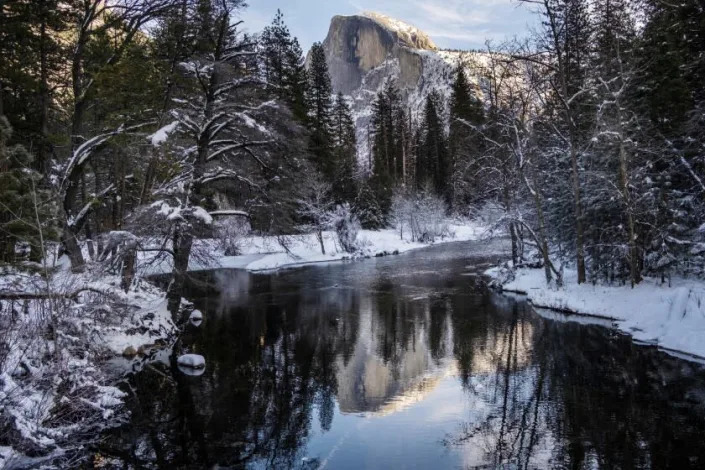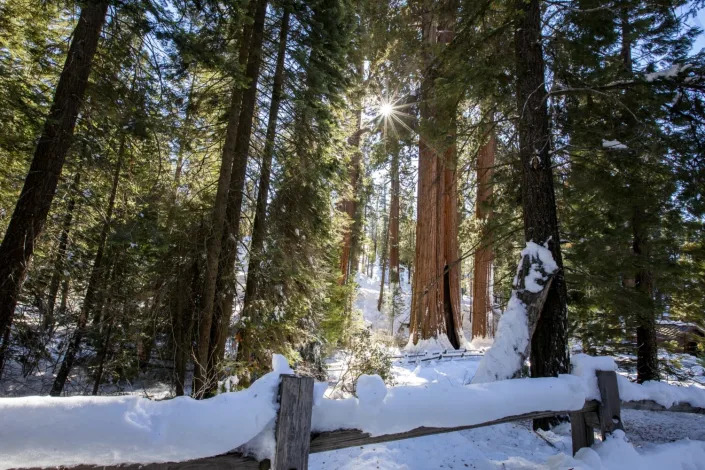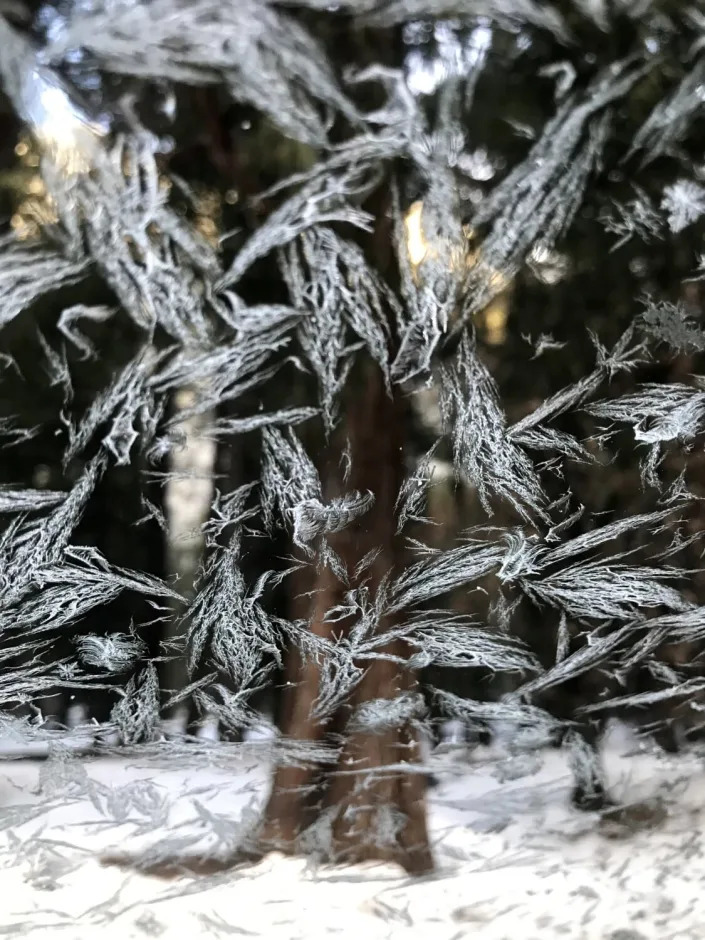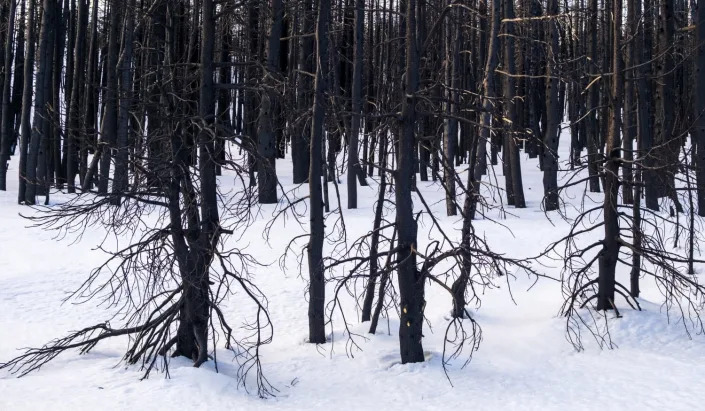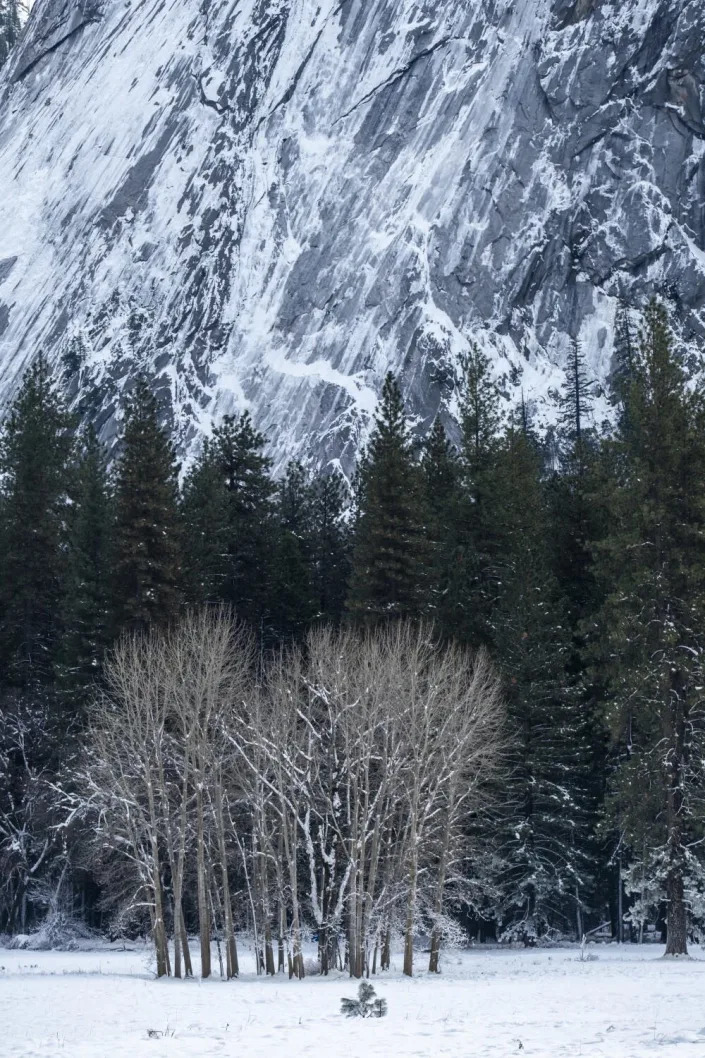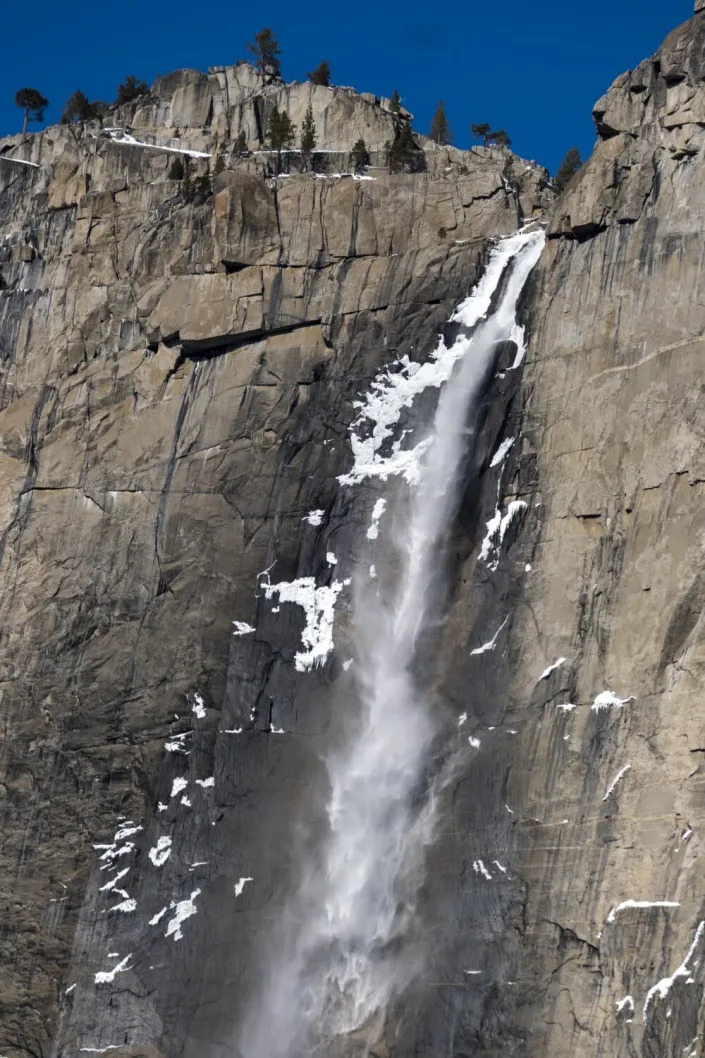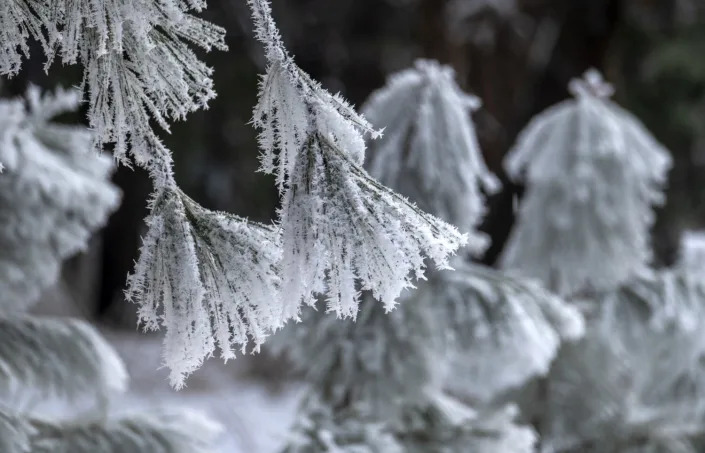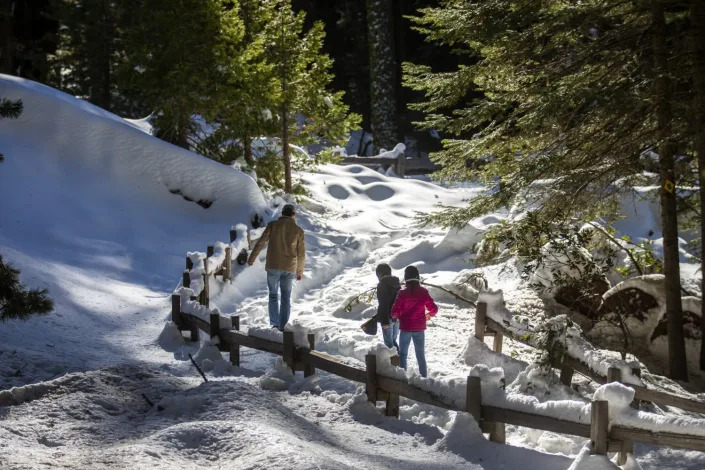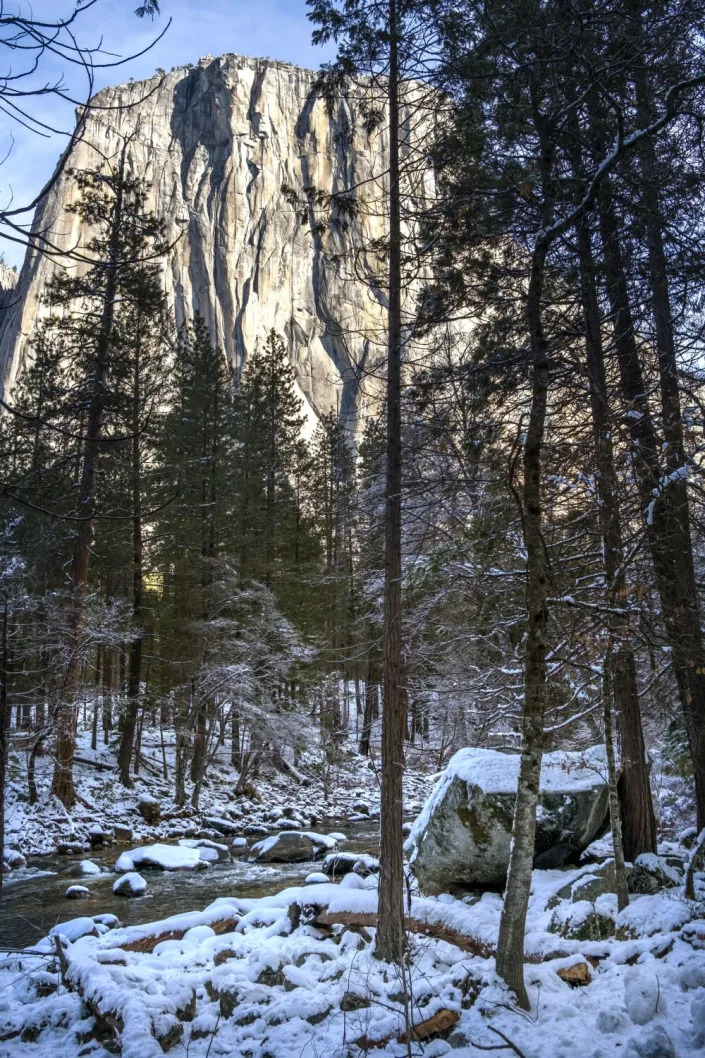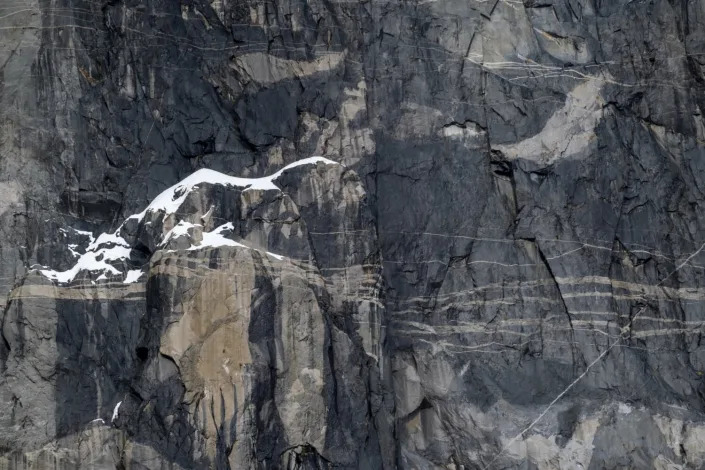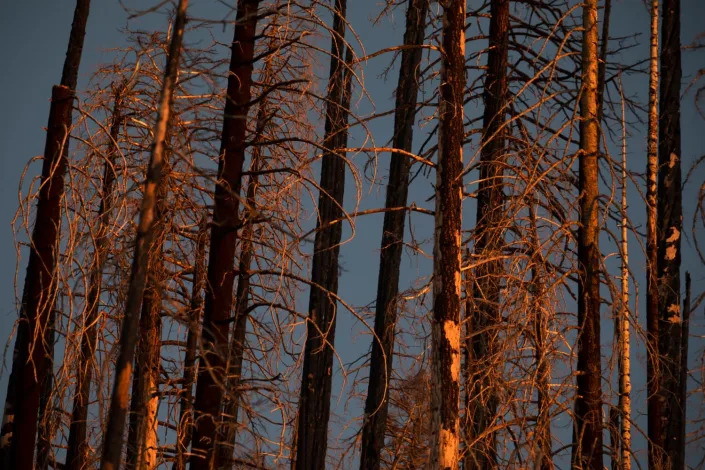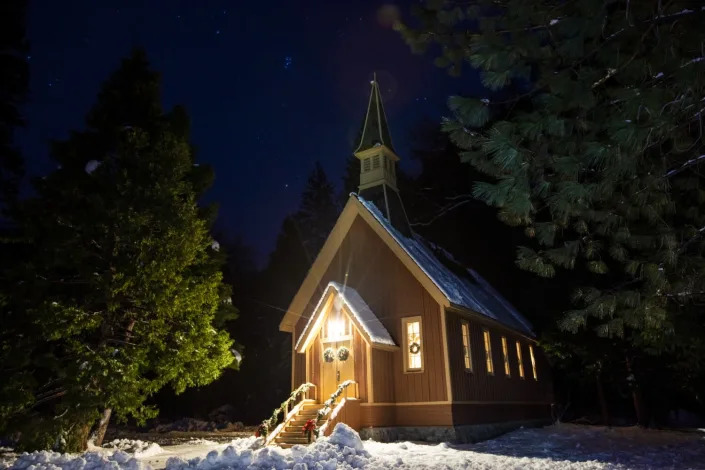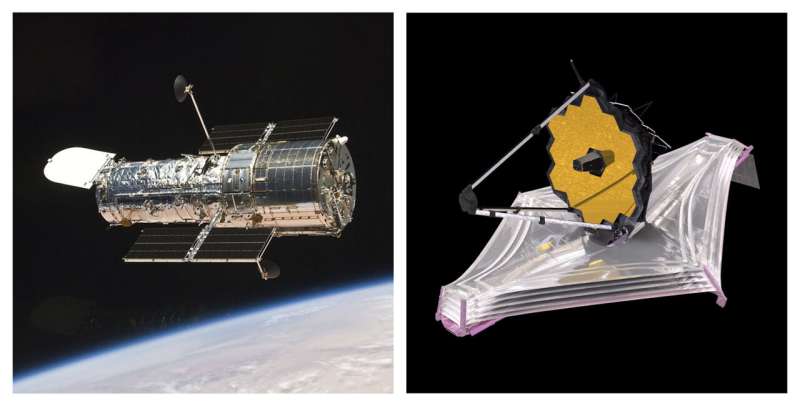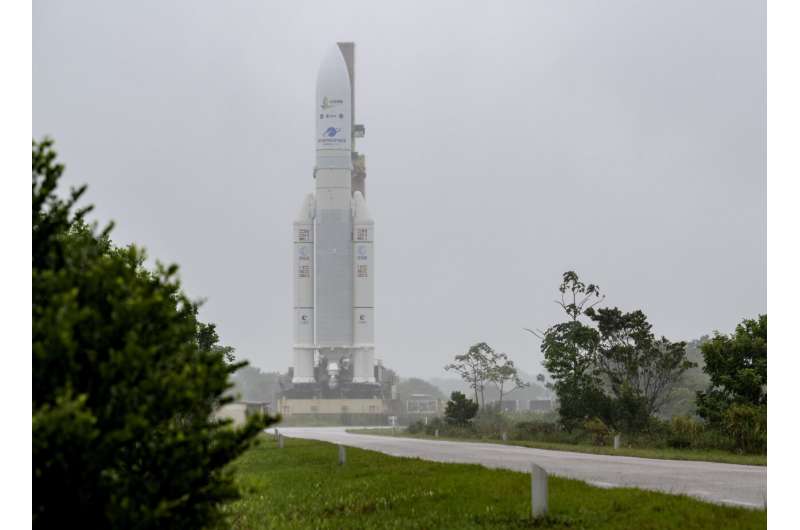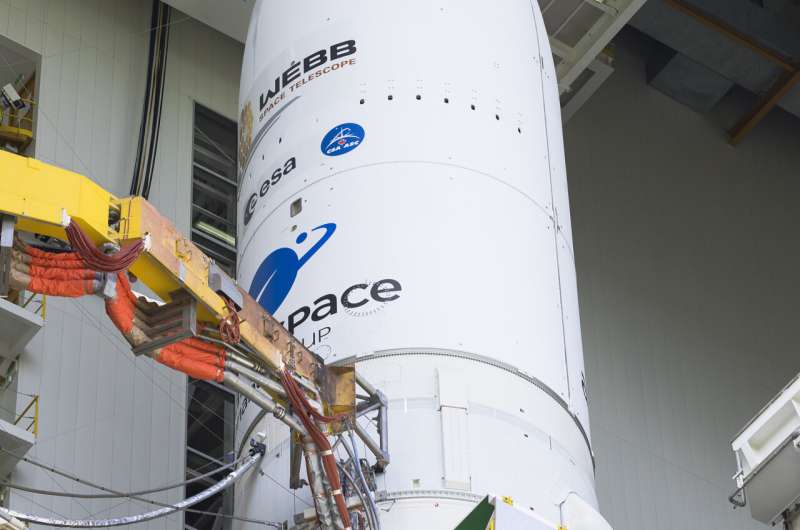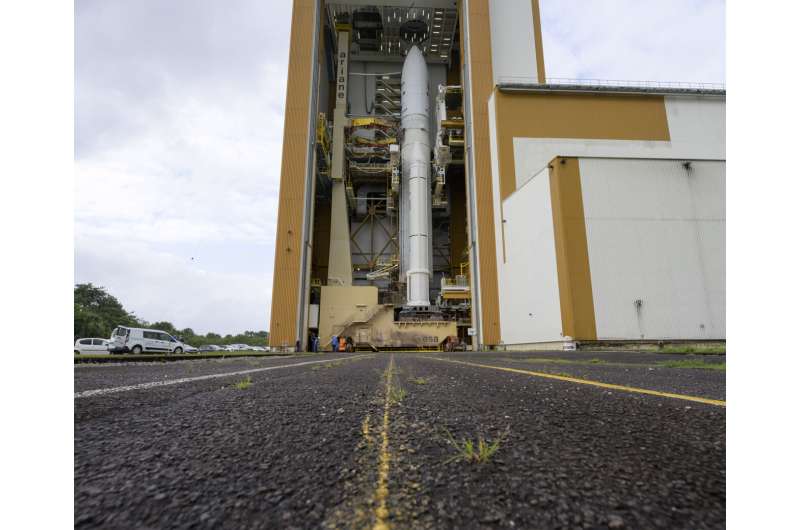Lewis Jennings
Thu, December 23, 2021

Lewis Jennings
High energy bills are a persistent monthly burden for everyone, but they weigh especially heavily on disadvantaged communities. Between recent utility rate increases and volatile natural gas prices, the financial drain on already challenged household budgets shows no sign of easing.
To lower costs and take control of their own energy consumption, some members of minority and low- to moderate-income communities have turned to solar power. However, the state’s monopoly utilities are leading an attack on this cost-saving energy option by pushing for unfair changes to the state’s solar net metering policies.
Net metering is a billing system that allows homeowners who have installed solar to send any extra power their panels produce back to the energy grid, in exchange for credits that lower their bills. This fair system benefits both homeowners and utilities by letting homeowners cut down on energy costs and utilities resell the excess power for a profit.
Unfortunately, big utilities are bent on furthering their monopolies and expanding their record-breaking profits even more – all at the expense of consumers. They are pushing the Florida Legislature to essentially do away with net metering and the benefits it brings to homeowners.
They also have a history of using front-line communities and people of color to shield their greedy intentions, going so far as claiming that net metering actually increases these groups’ utility rates.
This simply isn’t the case. Solar homeowners make investments in solar themselves and provide power that adds a net benefit to the energy grid. This reduces costs for everyone, and that’s especially important for disadvantaged customers suffering under skyrocketing energy costs.
Power companies have a history of profiting off low-income and minority communities. They recently pushed for rate increases that will add up to billions of dollars over the next few years, and customers will be socked with the bill. The worst effects will be felt by poor communities, where too many residents already live without consistent access to electricity.
Utilities already left these vulnerable groups in the dark during the COVID-19 pandemic. They shut the lights and air conditioning off on over 500,000 Floridians at the height of the public health and economic crisis. While too many of our neighbors struggled to pay their utility bills, they brought in record earnings in 2020.
Power companies’ attack on home-based solar energy demonstrates their continued insistence that their customers rely on outdated, dangerous sources of energy that put Florida closer to the devastating consequences of climate change. That poses an even greater threat to minorities and disadvantaged communities, as they will experience the first and worst damage from the warming climate.
For the sake of these vulnerable communities, Florida must ensure that important clean energy policies are preserved and advanced. The Legislature should stop this unfair, unwanted attack on net metering and the Florida communities who benefit from it.
Lewis Jennings serves as the Environmental & Climate Justice Chair for the NAACP Florida State Conference. This column is part of “The Invading Sea” series of the Florida Climate Reporting Network, a collaborative of news organizations focusing on the threats posed by the warming climate.
This article originally appeared on Palm Beach Post: Utility push-back on solar power users unfair to disadvantaged
John Holland, Dale Kasler
Thu, December 23, 2021
Pacific Gas & Electric Co. seeks to cut by about half its payments for surplus power from solar panels on homes.
The proposal would affect Stanislaus County residents who don’t get electricity from the Modesto or Turlock irrigation districts. It would apply in most of San Joaquin and Merced counties and all of Tuolumne and its mountain neighbors.
The solar industry blasted the plan, released Dec. 13 by the California Public Utilities Commission. Critics say it would hamper the state’s effort to reduce the emissions behind climate change.
The appointed commission plans to vote on the staff proposal Jan. 27. It would apply to the three major investor-owned utilities in California: PG&E, Southern California Edison and San Diego Gas & Electric.
These companies argue that the solar industry has matured enough to allow much smaller credits each month for surplus power. They also say nonsolar customers pay more because of the breaks for the panel owners.
The solar defenders include Alex Williams, a founding partner with Solar Energy Partners, a Turlock-based company that helps homeowners arrange for panels.
“By shifting the economics so drastically in the direction of the utility, it essentially eliminates the benefit the customers currently receive from choosing to go solar,” Williams said in an email to The Modesto Bee. “If California is going to reach the (climate) goals and targets set forth in SB 100, then we have to do it together and there has to be a sharing of benefits between all stakeholders.”
The changes would not apply to the 200,000-plus customers served by MID and TID, because they are not under PUC oversight. Their elected boards set their own policies for crediting surplus solar power.
MID pays 7.6 cents per kilowatt-hour for output that exceeds a solar customer’s own needs, Public Affairs Specialist Samantha Wookey said by email. The district serves part of Stanislaus County and a few areas in San Joaquin.
TID’s rate averages about 5 cents per kilowatt-hour, Communications Division Manager Constance Anderson said by email. The figure varies monthly with the overall power market.
PUC plan would affect 1.3 million
The PUC staff released the plan for investor-owned utilities after more than a year of study. It would affect about 1.3 million rooftop solar customers.
The staff said the current system generates an overly generous subsidy, worth a combined $3 billion a year, that helps mostly upper-income homeowners.
By contrast, the commission said the new pricing system will help California’s power grid cope with its most pressing need: the summertime demand for electricity after the sun goes down and solar generation fades. California endured two nights of rolling blackouts in August 2020 and narrowly avoided blackouts during a July heat wave.
Martha Guzman Aceves, the PUC commissioner who’s tracking the issue most closely, said the staff’s plan includes rebates for existing solar customers to purchase battery-storage units, which can cost several thousand dollars.
Aceves said the state wants the solar industry to keep growing but “it needs to evolve to what the grid really needs, and that involves storage.” The rebates would come to $3,200 apiece under the commission’s plan.
Subsidies have helped solar spread
The plan likely would scramble the economics of solar energy, which accounts for 25% of the state’s energy use in daytime. Rooftop solar costs about $20,000 to install, and the subsidized rate has helped popularize the technology.
PG&E’s solar customers, for example, currently get an average of more than 20 cents for every kilowatt-hour they don’t use and deliver to the grid. The new rate would be based on a complicated “time of use” system and would amount to 10 cents or less for many PG&E customers, Aceves said.
The state’s largest utility, PG&E called the proposal “a step in the right direction to modernize California’s outdated rooftop solar program.”
Advocates for solar energy said reducing the credits would slow the adoption of a renewable energy source that has become a key element in California’s battle against climate change.
“The only winners today are the utilities, which will make more profits at the expense of their ratepayers,” said Abigail Ross Hopper, president and CEO of the Solar Energy Industries Association, in a prepared statement. “We urge Gov. Newsom to act quickly to change this decision — at risk are 65,000 solar jobs, the security of our electricity grid, and the health of California residents and our planet.”
Homes face a monthly grid charge
Not only would the subsidy fall, but solar customers would pay considerably more during those hours when they’re drawing electricity from the grid. They also would have to begin paying the utilities a “grid participation charge” to connect to the power grid.
The grid charge would phase in over four years, to an average of $40 a month for the average solar customer. Aceves said the fee is needed to help pay for programs for low-income customers.
The big utilities, as well as some consumer advocacy groups, have been pushing the state for more than a year to reduce the credit they pay solar customers for excess power. PG&E says its fee of more than 20 cents is considerably more than the true cost of solar.
PG&E officials say the subsidy gets lumped onto the backs of nonsolar customers, who tend to have lower incomes, to the tune of $170 a year in higher bills.
Solar advocates, however, say the rooftop panels aren’t limited to the wealthy. A study by the Lawrence Berkeley National Laboratory said “solar adoption skews toward high-income households,” but added that 42% of installations in California in 2019 were at households with less than $100,000 in annual income.
“Solar right now is increasingly affordable for low- and moderate-income families,” said Bernadette Del Chiarro, head of the California Solar and Storage Association.” The commission’s plan “is going to put it out of reach for working and middle-class families.”
And she said the “grid participation charge,” which would total $480 a year for most customers, would further damage the attractiveness of solar. “It’s going to be pretty hard to make a solar system pay for itself,” she said.
$600 million for lower-income people
The commission’s plan includes the creation of a $600 million “equity fund” to help disadvantaged families. But Del Chiarro said that won’t be nearly big enough.
The plan wouldn’t change solar economics overnight. Customers without solar would have another four months to install rooftop panels and qualify for the current rates, and existing customers would have a “glide path” of several years to transition to the system.
The California Legislature mandated the subsidies in 1995, when solar was in its infancy. Even as the industry has grown, attempts to tweak the credits have aroused controversy.

Rooftop solar in Modesto, Calif.









